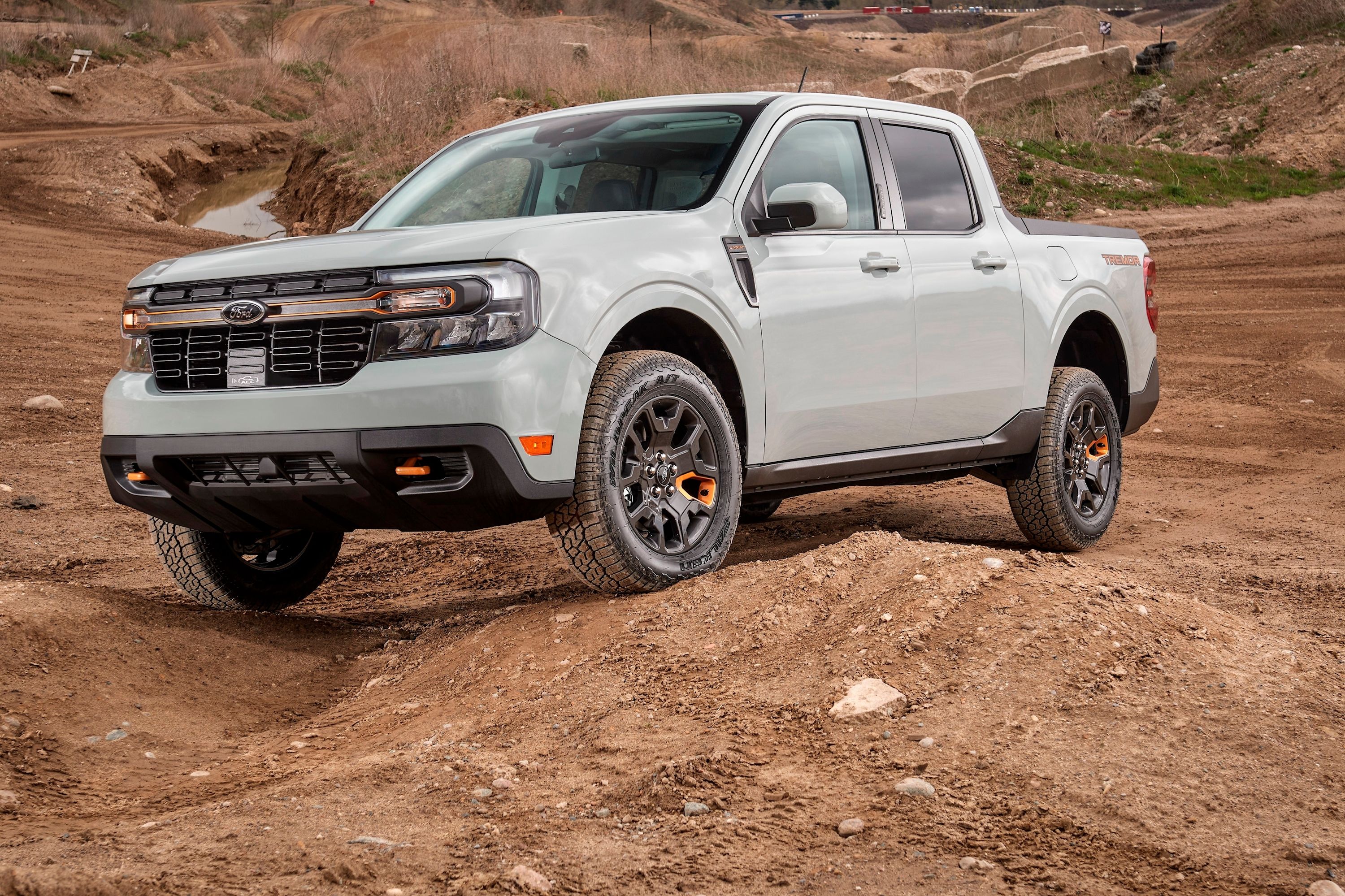
The Ford Maverick has been a long-awaited machine that has turned out to be better than expected. Excellent fuel economy figures have been a pleasant surprise, but even before we knew about that, reservations for the car have been phenomenal. Of course, not everything has gone perfectly and the Maverick took longer than Ford wanted to reach production, but it could have taken even more time for us to experience the pickup were it not for the humble Ford Focus.
See, the platform underpinning the 2019 version of the fourth-generation Focus has been used in numerous other products, and according to a report from Ford Authority, the C2 platform's use in some of these vehicles helped the Maverick arrive two years earlier than it otherwise would have.
The vehicles underpinned by the C2 platform include the aforementioned Focus, as well as the Escape, Kuga, Bronco Sport, and Lincoln's Corsair,. Ford Maverick Marketing Manager Trevor Scott says that two years of development were saved on the Maverick "because we were able to take all the learnings from Bronco Sport and Escape, and apply them directly to Maverick."
It goes to show that the decision of most major manufacturers to create scalable vehicle architecture for a multitude of products saves both money and, apparently, development time. Were it not for the C2 platform, the Maverick may have been too expensive to produce at scale.
Ford's efforts to keep costs down have resulted in a fully-loaded Maverick just cresting $40,000, and with such attractive pricing as well as a number of parts and accessories already revealed plus more on the way, the Maverick is sure to build on its strong start and became a highly popular choice across the country.
As standard, the Maverick is equipped with a 2.5-liter four-pot combined with an electric motor developing a total of 191 horsepower and 155 lb-ft of torque, while those who want more grunt can opt for a 2.0-liter EcoBoost four-cylinder producing 250 hp and 277 lb-ft of torque.
